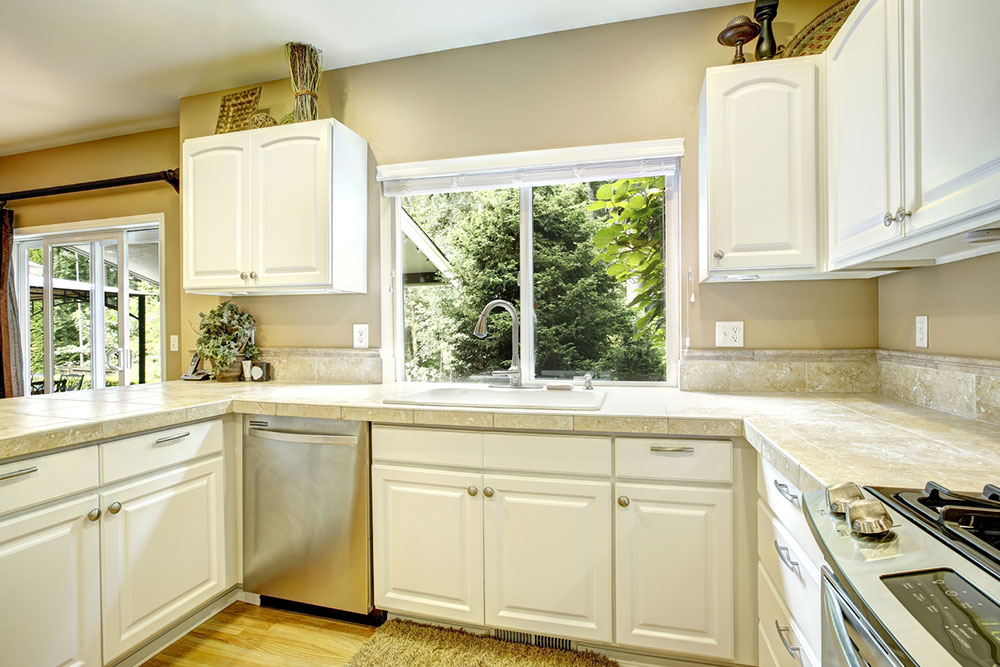6 Kitchen Renovation Tips to Consider
The kitchen, like any other room in the house, may require remodeling to enhance the visual appeal of the space, repair broken floorwork, or replace damaged or old kitchen equipment. In addition to this, the renovation can not only update the interior design but also increase the resale value of the home. While renovating a kitchen can be a major undertaking, with a few handy tips, the entire process can be simplified.
1. Set a budget
The overall cost will depend on the extent of renovation or remodeling. In general, the cost of renovating the kitchen can range between 1 and 1.3 million yen.

2. Make a plan
Once the budget has been established, one can begin developing a detailed plan for the kitchen remodel. A good plan is a useful tool that helps one visualize the end product and make purchase and design decisions accordingly. With a well-defined plan, one can make key decisions, such as the extent of remodeling the space needs. For instance, one can take a call at the planning stage if their kitchen requires a cosmetic refresh or a complete overhaul. As the plan would be developed with a budget in mind and available tools and resources, it will help one decide if one can upgrade the kitchen on their own or hire professionals for the job.
3. Assess existing kitchen equipment
Contrary to popular belief, it is quite possible to transform a kitchen without starting from scratch. Everything does not have to be gutted in a remodel. For instance, if the kitchen equipment, like the cabinetry, cooking range, or appliances, is in good condition, it should be retained. If the style and finish do not match the aesthetics of the new kitchen, the cabinetry can be retouched with paint or stains (for wooden cabinets) to give it a new look. Similarly, one should examine other appliances and fixtures, such as the taps over the sink, and see if they can be retained. A thorough assessment of existing kitchen equipment can help one save a lot of money by retaining functional pieces. In addition, retaining some equipment will ensure the kitchen stays semi-functional during the remodeling process. What’s more? One would save such equipment from ending up in landfills.
4. Upgrade kitchen technology
While it is economically and ecologically feasible to reuse some of the older kitchen equipment, renovation should also involve upgrading to new kitchen gadgets and appliances. These upgrades can make daily tasks easier. For example, smart home consoles or smart lighting can be a useful addition to the kitchen, making electronics easily accessible and reducing manual effort. However, one should ensure such upgrades are within the budget.
5. Determine how counters will be used
An often overlooked aspect of kitchen renovation is the economical use of the counter space. While a lot of planning and effort goes into thinking about the style, aesthetics, and finish of the counter space, one may forget to consider exactly how the space will be used. For example, those who spend more time in the kitchen will need more counter space, typically between the sink and the stove. On the other hand, those who usually prepare simple meals or cook infrequently will not require a lot of space between the stove and sink. In addition to getting the length and width right, it is crucial to consider the height of the countertop. For instance, if kids like to be involved in the cooking or meal preparation, one can have two countertop heights in the kitchen.
6. Consider sustainability
Incorporating sustainability measures when opting for kitchen renovation is not only good for the environment but also good for the pocket. If the kitchen is designed with sustainability in mind, it will not become outdated in terms of style and function for a long time. For instance, one should pick a color palette that is not likely to go out of fashion for several years. Besides, it is a good idea to invest in long-lasting cookware, energy-efficient kitchen equipment, and compost and recycling bins that can be easily stored. Along with this, one should get more storage in the form of a couple of kitchen cabinets that can be used to hold reusable bags, containers, and paper. One can go a step further and use eco-friendly paints and get kitchen essentials like floor mats made with 100% recycled plastics or sustainable materials.

